As a free and open-source operating system, Linux has spawned several distributions over time, spreading its wings to encompass a large community of users. From desktop/home users to Enterprise environments, Linux has ensured that each category has something to be happy about.
This guide highlights 10 Linux distributions and aims to shed light on who their targeted users are.
1. Debian
Debian is renowned for being a mother to popular Linux distributions such as Deepin, Ubuntu, and Mint which have provided solid performance, stability, and unparalleled user experience. The latest stable release is Debian 10.5, an update of Debian 10 colloquially known as Debian Buster.
Note that Debian 10.5 does not constitute a new version of Debian Buster and is only an update of Buster with the latest updates and added software applications. Also included are security fixes that address pre-existing security issues. If you have your Buster system, there’s no need to discard it. Simply perform a system upgrade using the APT package manager.
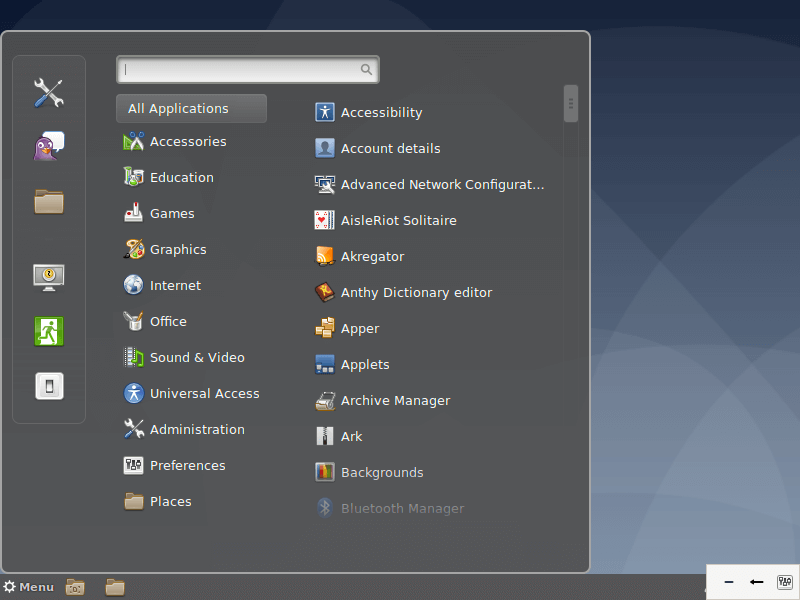
The Debian project provides over 59,000 software packages and supports a wide range of PCs with each release encompassing a broader array of system architectures. It strives to strike a balance between cutting edge technology and stability. Debian provides 3 salient development branches: Stable, Testing, and Unstable.
The stable version, as the name suggests is rock-solid, enjoys full security support but unfortunately, does not ship with the very latest software applications. Nevertheless, It is ideal for production servers owing to its stability and reliability and also makes the cut for relatively conservative desktop users who don’t really mind having the very latest software packages. Debian Stable is what you would usually install on your system.
Debian Testing is a rolling release and provides the latest software versions that are yet to be accepted into the stable release. It is a development phase of the next stable Debian release. It’s usually fraught with instability issues and might easily break. Also, it doesn’t get its security patches in a timely fashion. The latest Debian Testing release is Bullseye.
The unstable distro is the active development phase of Debian. It is an experimental distro and acts as a perfect platform for developers who are actively making contributions to the code until it transitions to the ‘Testing’ stage.
Overall, Debian is used by millions of users owing to its package-rich repository and the stability it provides especially in production environments.
Download Debian ISO Images: http://www.debian.org/distrib/.
2. Gentoo
Gentoo is a distro built for professional use and experts who take into consideration what packages they are working with from the word go. This category includes developers, system & network administrators. As such, it’s not ideal for beginners in Linux. Gentoo comes recommended for those who want to have a deeper understanding of the ins and outs of the Linux operating system.
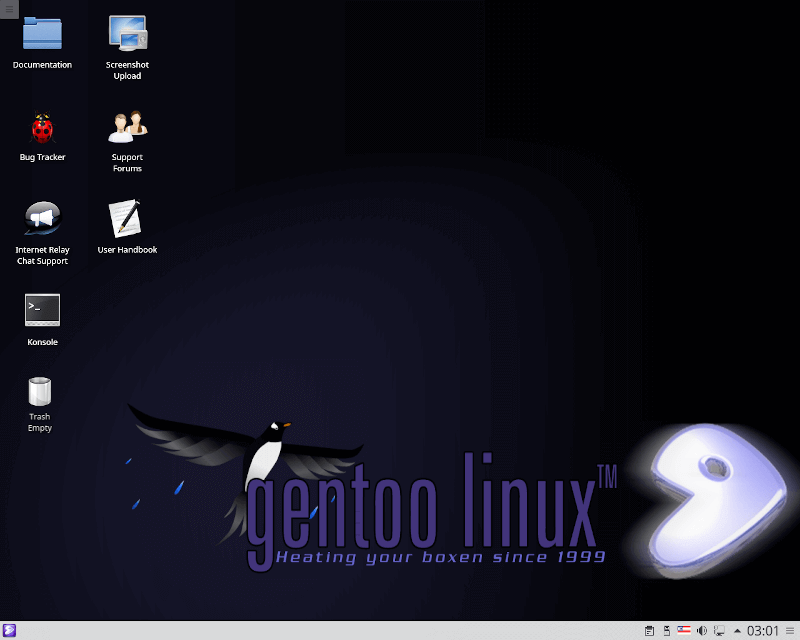
Gentoo ships with a package management system known as portage which is also native to other distros such as Sabayon, and Calculate Linux which is based on Gentoo and backward-compatible with it. It is Python-based and based on the ports’ collections concept. Port collections are sets of patches and makefiles provided for by BSD-based distros such as OpenBSD and NetBSD.
Download and Installation of Gentoo: http://www.gentoo.org/main/en/where.xml.
3. Ubuntu
Created and maintained by Canonical, Ubuntu is one of the most popular Linux distros enjoyed across the globe by beginners, intermediate users, and professionals alike. Ubuntu was specifically designed for beginners in Linux or those transitioning from mac and Windows.
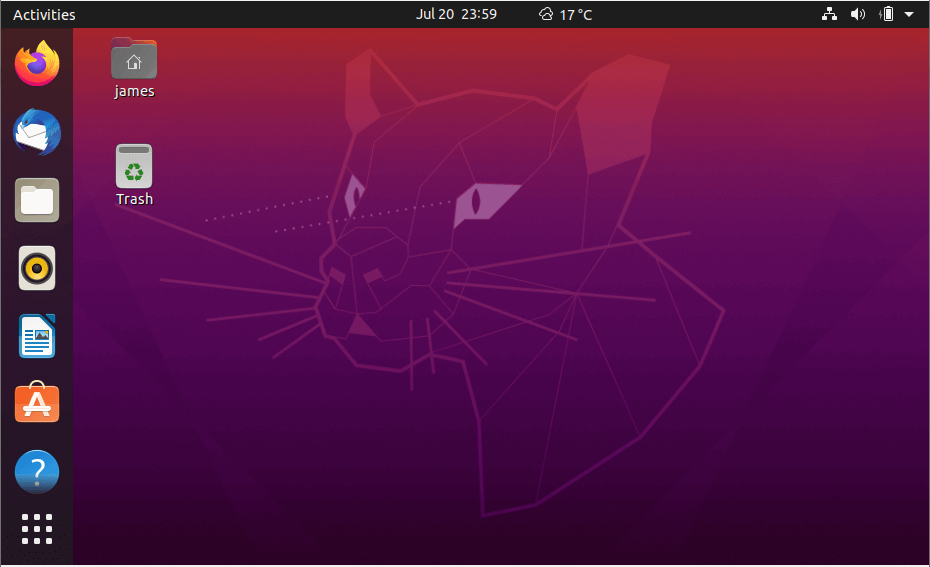
By default, Ubuntu ships with GNOME desktop environment with every day out-of-the-box applications such as Firefox, LibreOffice, and image editing applications such as GIMP, music players, and video players such as Audacious and Rhythmbox.
The latest version is Ubuntu 20.04 LTS codenamed Focal Fossa. It provides numerous improvements and new features such as the new Yaru theme, new look and polished icons, great support for Snap packages, and the fractional scaling functionality that provides support for high-resolution displays.
Ubuntu forms the basis of several other Linux distributions. Some of the distributions based on Ubuntu 20.04 include Lubuntu 20.04 LTS, Kubuntu 20.04, and Linux Mint 20.04 LTS (Ulyana).
Due to its user-friendliness and elegant UI, Ubuntu is ideal for desktop users and newcomers who are trying to wrap their head around Linux. They can readily get started with default Apps as stated earlier on as they work their way towards getting a better understanding of Linux.
It’s worth mentioning Ubuntu Studio which is geared towards multimedia production. It targets creatives who are looking to make a career in graphics, photography, audio, and video production.
Download Ubuntu ISO image: https://ubuntu.com/download/desktop.
4. Linux Mint
Linux Mint is a hugely popular community-driven Linux distro based on Ubuntu. It has transcended time to provide one of the most elegant, and user-friendly distributions loved by desktop users and professionals alike. Despite the controversy surrounding the latest release – Mint 20 – dropping snap support by default, Mint remains a stable, powerful and outstanding Linux distribution.
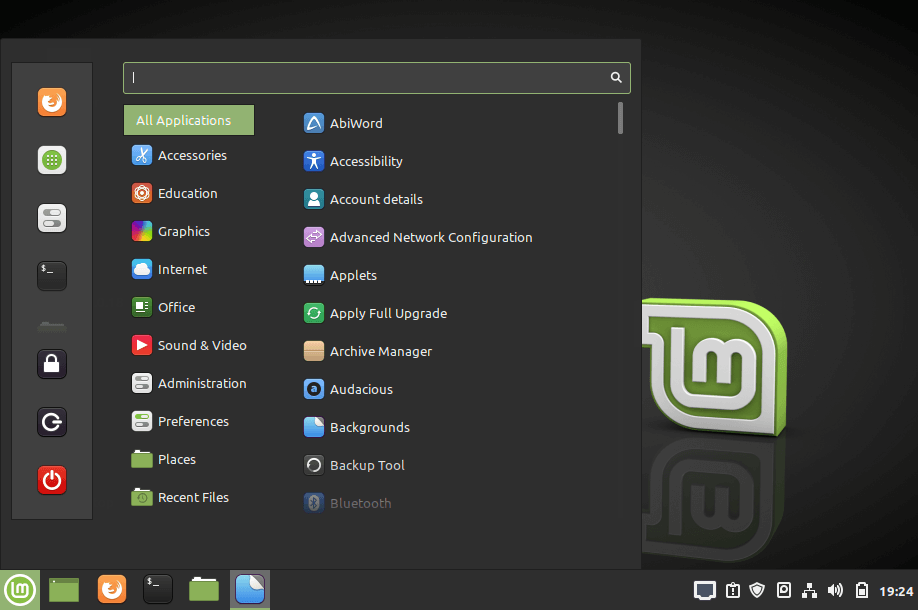
To enable snap support, simply run the commands:
$ sudo rm /etc/apt/preferences.d/nosnap.pref $ sudo apt update $ sudo apt install snapd
Based on Ubuntu 20.04 LTS, Mint 20 is available in 3 desktop editions – Cinnamon, XFCE and MATE editions. Mint has dropped support for 32-bit versions and is only available in 64-bit. Under the hood, Linux Mint 20 rides on Linux kernel 5.4 with new enhancements such as improved support for AMD Navi 12, Intel Tiger Lake CPU and NVIDIA GPU. Additionally, the general UI has received a revamp with polished icons, new themes, high-resolution background images and a retouched taskbar.
New features include Warpinator, which is a file-sharing program that works in a LAN and fractional scaling feature for HiDPI displays to enjoy sharper and crisp images. You will also get other applications for everyday use such as Firefox, LibreOffice, Audacious music player, Timeshift, and Thunderbird.
If you want a fast and stable Linux desktop to perform day-to-day desktop tasks, listening to music, watching videos, and even gaming, Mint is the go-to distribution. Mint 20 is a long term release and will receive support until 2025. We have an article on how to install Mint 20 on your PC.
Download Linux Mint ISO Image – https://linuxmint.com/download.php
5. Red Hat Enterprise Linux
Abbreviated as RHEL, Red Hat Enterprise Linux is a Linux distro designed for Enterprise or commercial purposes. It’s one of the leading open-source alternatives to other proprietary systems such as Microsoft. Red Hat is usually a top choice for server environments given its stability and regular security patches which boost its overall security.
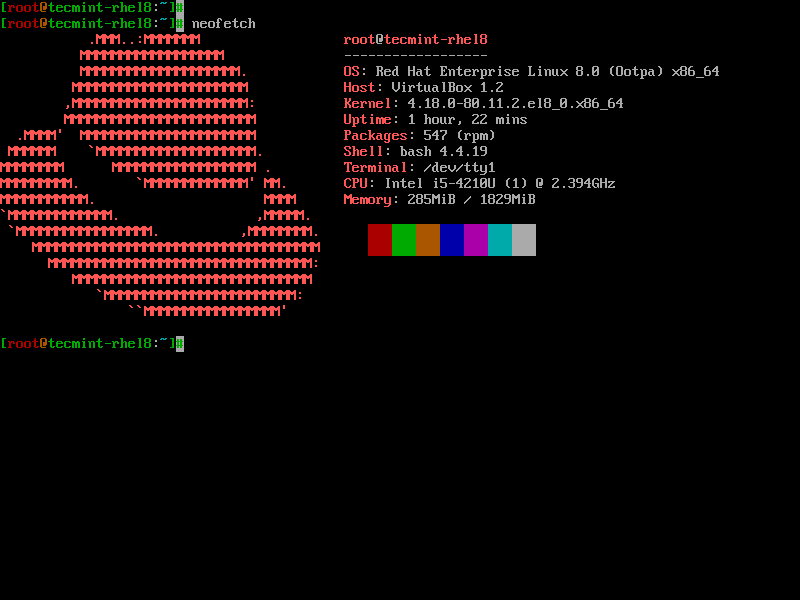
You can readily set it up on physical servers, virtual environments such as VMware, HyperV, and also on the cloud. Red Hat has done a perfect job in containerization technology thanks to OpenShift PaaS (platform as a service), a hybrid cloud environment that is built around Docker containers and managed by Kubernetes.
Redhat trains and certifies system administrators through specialist courses such as RHCSA (Red Hat Certified System Administrators) and RHCE (Red Hat Certified Engineer).
Where efficiency, security, and stability are of utmost priority RHEL is the ideal distro to opt for. RHEL is subscription-based and the subscription is renewed annually. You can purchase a license for an array of subscription models such as Linux Developer Workstation, Linux developer suite, and Linux for Virtual Datacenters.
Traditionally, Red Hat and its derivatives such as CentOS have used yum package manager. Things have changed now and the latest release – RHEL 8 (Ootpa) – now uses DNF as its default package manager. RHEL is distributed using 2 main repositories – AppStream repository and the BaseOS.
The AppStream repository (Application Stream) provides all the software applications that you want to install on your system while the BaseOS provides applications only for the core functionality of the system.
Additionally, you can also download and try out RedHat for free by through the Red Hat developer program.
6. CentOS
The CentOS Project is a community-driven free operating system that aims at delivering a robust and reliable open source ecosystem. Based on RHEL, CentOS is a perfect alternative to Red Hat Enterprise Linux since it is free to download and install. It gives users the stability and reliability of RHEL while allowing them to enjoy free security and feature updates. CentOS 8 is a favourite among Linux enthusiasts who want to savour the benefits of RHEL.
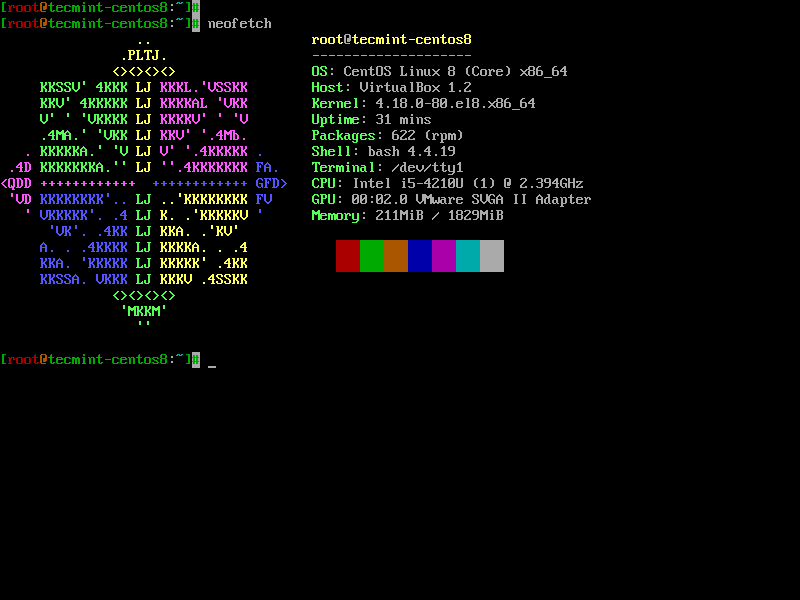
The latest version is CentOS 8.2 which is the third iteration of CentOS 8. It relies on App stream and BaseOS repositories and ships with the latest software packages such as Python 3.8, GCC 9.1, Maven 3.6, etc.
Download CentOS 8 – https://www.centos.org/centos-linux/.
7. Fedora
Fedora has enjoyed a reputation for being one of the most user-friendly distros for quite a while now owing to its simplicity and out-of-the-box applications which enable newcomers to easily get started.
It’s a powerful and flexible operating system that’s tailored for desktops & laptops, servers, and even for IoT ecosystems. Fedora, just like CentOS, is based on Red Hat and is in fact, a testing environment for Red Hat before transitioning to the Enterprise phase. As such, it’s usually used for development and learning purposes and comes in handy for developers and students.
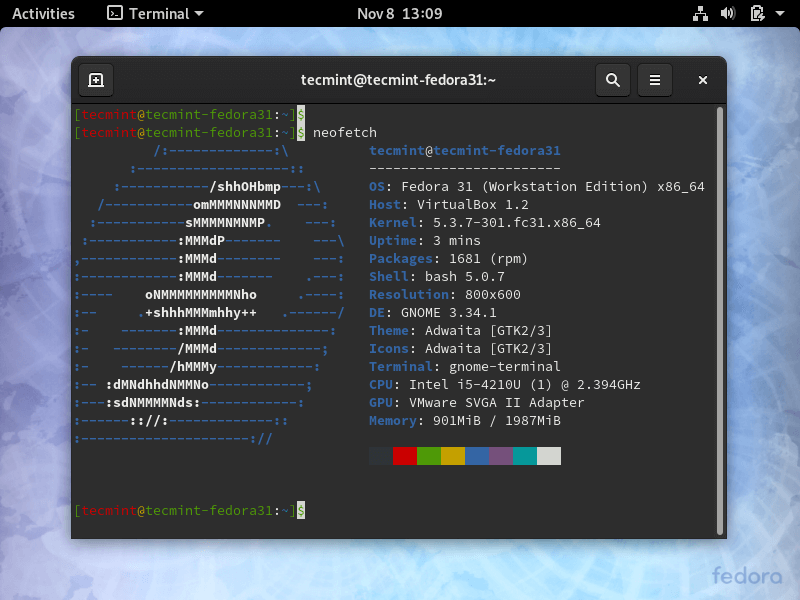
Fedora has for a while now used the DNF package manager ( and still uses it as its default package manager) and offers the latest and the very best in RPM software packages. The latest Fedora is Fedora 32.
Download Fedora Linux – https://getfedora.org/.
8. Kali Linux
Developed and maintained by offensive security, Kali Linux is a Debian-based Linux distro designed for penetration testing and conducting digital forensics. It ships with out-of-the-box tools meant for penetration testing such as Nmap, Metasploit Framework, Maltego, and Aircrack-ng to mention a few.
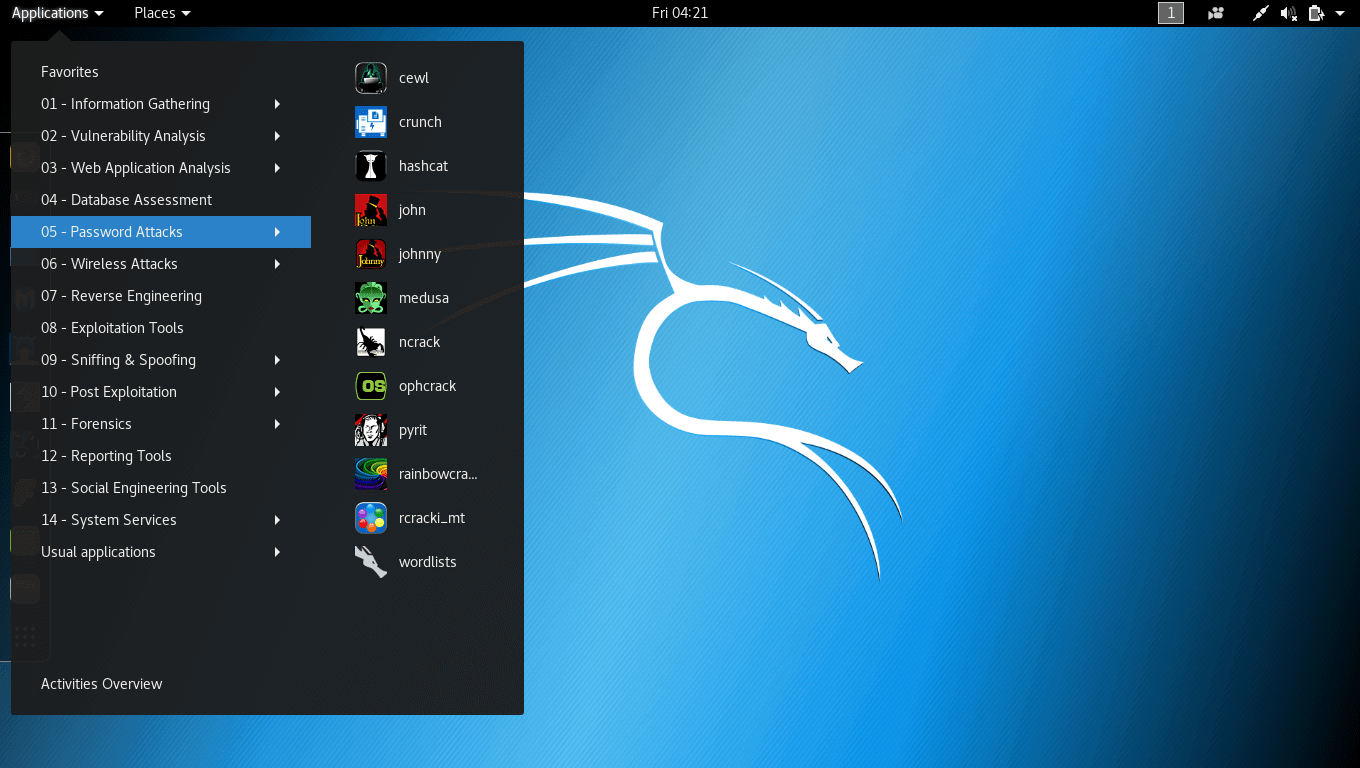
Kali Linux is meant for Cybersecurity experts and students who want to venture into penetration testing. In fact, Kali provides industry-standard certifications such as Penetration Testing with Kali and Kali Linux Certified Professional.
Kali uses the APT package manager and the latest version is Kali 2020.2 and here’s a guide on how to install Kali 2020.2.
Download Kali Linux – https://www.kali.org/downloads/.
9. Arch Linux
Arch Linux is a lightweight and flexible geeky Linux distro designed for advanced users or Linux experts who care much about what is installed and the services running. It gives users the freedom to custom or configures the system, to their preference. In a nutshell, Arch is meant for users who really know the ins and outs of working with Linux.
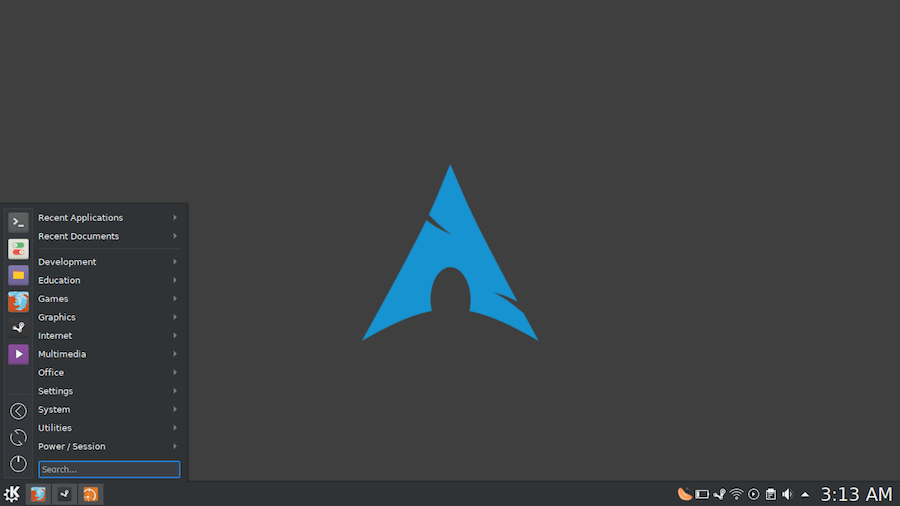
Arch is a rolling release implying that it is constantly updated to the latest version and all you need is to update the packages on the terminal. It uses Pacman as the default package manager and leverages the AUR (Arch User Repository) which is a community to install software packages and the latest version is 2020.09.01.
Download Arch Linux – https://www.archlinux.org/download/.
10. OpenSUSE
The OpenSUSE project is a modern and comprehensive community project that provides 2 main SUSE branches: SUSE Leap which is a point release that targets desktop users as well as enterprise development and for testing purposes. This makes it a perfect choice for open source developers and System administrators.
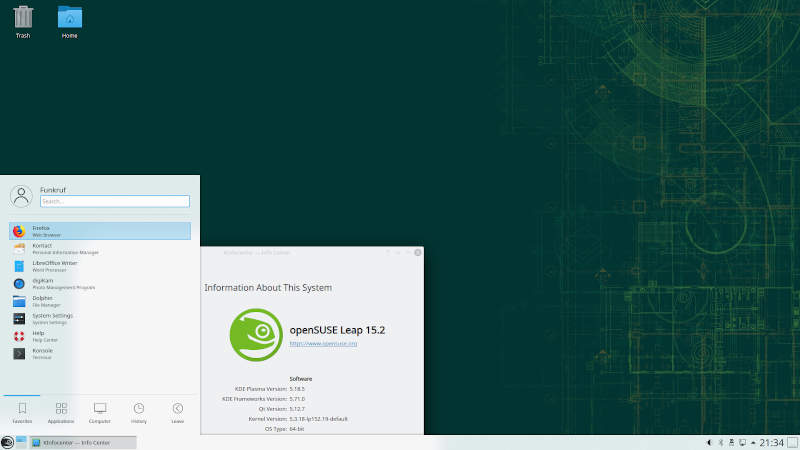
On the other hand, it has SUSE Tumbleweed, a rolling release that packs the latest software stacks and IDEs and is the closest you’ll get to a bleeding-edge distro. TumbleWeed is any power user’s or software developer’s piece of cake thanks to the availability of up-to-date packages such as office applications, GCC compiler, and the kernel.
OpenSUSE relies on the Yast package manager for managing software packages and is recommended for developers and system administrators.
Download OpenSUSE Linux – https://www.opensuse.org/.
Conclusion
Of course, that’s just a handful of the available Linux distributions out there and is by no means an exhaustive list. There are over 600 Linux distros and about 500 in active development. However, we felt the need to focus on some of the widely used distros some of which have inspired other Linux flavors.


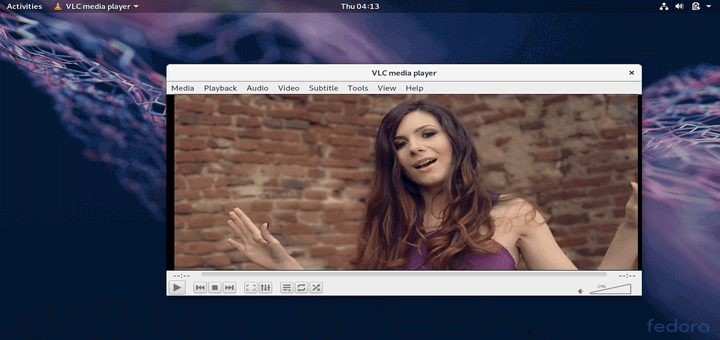
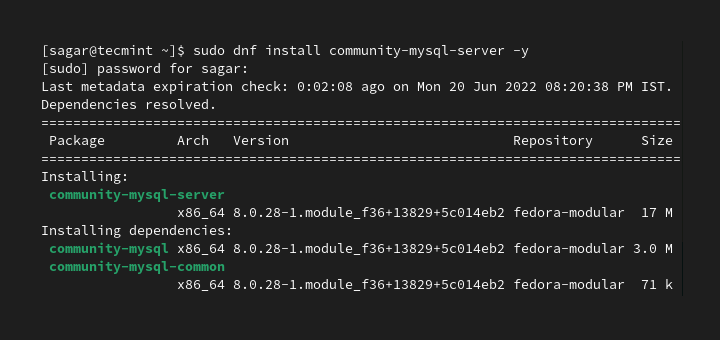

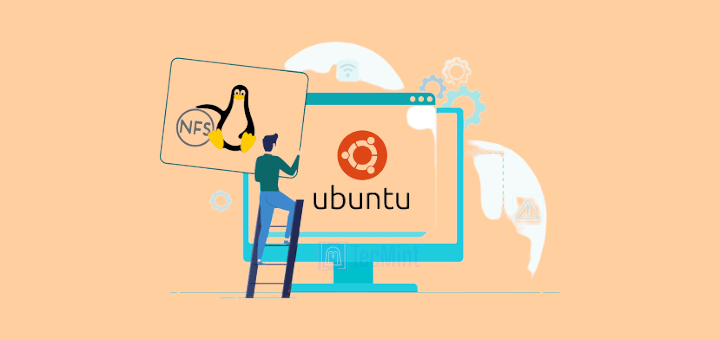
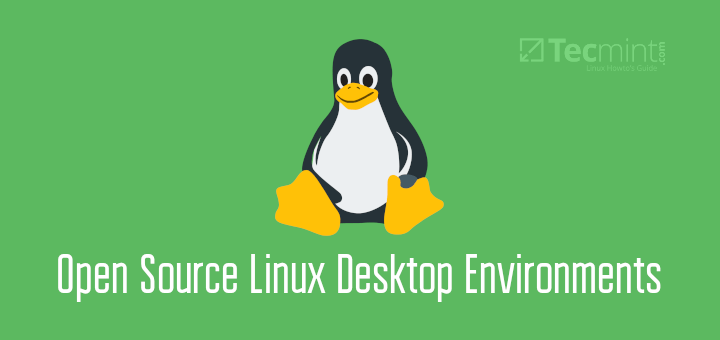
Audacious is an audio editor, not a player.
you mean audacity >_<
This article should not have mixed Linux distros for technicians and professionals, with versions directed to final users. These latter are the ones you should concern and try to understand why there are still so many people who prefer windows to Linux, in spite of most Linux distros being free of charge. Easy of use, software availability, and more popular, drivers availability, and LOOKS. Have you noticed how the above image of the ubuntu-desktop is so bad, with large icons?
While no one tries to understand the reason for windows user preference, Linux will continue to be a sideline operating system. You don’t need to convince me, I use both, but I can distinguish and notice the reason why people prefer windows.
“This article should not have mixed Linux distros for technicians and professionals”.
Which distros might that be and why not? The article clearly specifies the target audience for each distro and by doing so, may prevent from users picking an inappropriate one for them. Besides, aren’t technicians and professionals (whoever they might be) final users too?
Here is 1 reason why not everyone wants Linux: (Just read as much as you feel like. I won’t be offended!)
The number one reason why I prefer NOT Linux is that I can not find a single Linux version that works for end-users that allows MORE than 4 keyboards! And, Mint Cinnamon, ignores the 1st keyboard, leaving only 3 working keyboards! This is pure evil! How so? We are forced to use buggy Windows 10, or a greedy Mac! Just because programmers don’t speak more than one or two language(s), does not mean that the rest of us is just like KISS.
I understand the headache behind allowing 9 to 13 keyboards (or whatever that number was for Ubuntu way back in the day (2000). I get that one person was sick and tired of the headache trying to get multi-keyboards to work (old Ubuntu forum discussion from 2000 something, before they switched to 4 keyboards). If Win10 can do it, Mac can do it, why can’t the better programmers do it?
This means that I can use anywhere from 6 to 14 keyboards. Hebrew, Greek, German, Japanese, English, Russian, and French are my most commonly used keyboards. If I were to make a custom Keyboard, I could get rid of French. I am not fluent in any of these languages except English and my grammar will always be lousy in any language (including English). However, I still find answers in those languages. I’m learning Japanese and improving my German while I learn Biblical Hebrew (which has vowel points as opposed to Modern Hebrew where NO English based sites allow vowel points) and Biblical Greek.
I already know some Biblical Hebrew and a little Biblical Greek, so adding this to German and Japanese is rather a simple task IF I am on Windows! On Linux, it was pure hell! I had to use a virtual keyboard, then had to get chrome up and use Crapulator. :P Evil, because we are FORCED on Windows crap! Or forced to pay money we can’t afford to Mac!
However, my mother was WAY worse! If she wouldn’t have shaken me until I passed out twice as an infant, damaging my brain beyond repair, I WOULD have volunteered to take over the polyglot multi keyboard accommodation headache! My dad has a master’s in Math. I love math! I just can’t program or learn Calculus (yet) due to brain damage. I’ve been working on learning advanced math for years. I get better every single year. I’ve done Intermediate Algebra and Pre-Calculus three times now. The last time, it finally made sense!
Thank you for reading this! And yes, I will be doing a dual install on my Windows 7. :P I came here hoping someone would mention more than 4 keyboards. I was so extremely daft to even think that anyone would care about keyboards! What an idiot I am!
Wow, I’m impressed, nonetheless. I think I agree Linux would be more widely embraced if more keyboards were supported.
Thank you for your positive response!
While commenting on a site like Tecmint makes your needs known to other users, they can do very little about it. The people you need to address your comments to are the distro developers and especially, the GNU/Linux developers.
The availability of any feature for ANY O/S is based on demand. How many people will actually need and use a particular feature? Saying “many” is very inexact. Maybe in your environment, everybody needs to use a large number of keyboards simultaneously.
However, what percentage of the entire GNU/Linux userbase does that group represent? Would it be “worthwhile” for a developer to devote the time to develop such a feature? The solution to your need is to find a Linux programmer (probably someone who needs to use multiple k/b regularly) who would be interested in the challenge of Linux supporting 5+ simultaneous keyboards and would develop an application.
To tell the truth, I find the problem intriguing enough to be willing to take on the challenge. Unfortunately, my programming expertise lies in mainframes, not in PCs.
A little correction: Linux Mint 20 is available in 3 desktop editions – Cinnamon (instead of GNOME), XFCE and MATE editions.
@Julian,
Thanks, corrected in the article…
The title says “10 Linux Distributions and Their Targeted Users”. It does not say “Best” or “Most Used”. The article does not rank them in any way. So all you posters that are complaining that YOUR favorite distro was not included, quit it. This is a list of only 10 random distros.
There are currently over 900 distros in the DistroWatch database, over 200 of which are being actively developed. It would be very difficult, as well as very space-consuming, to write an article about each active distro and its intended audience. If you think you can do a better job than the author, feel free to write your own article. And then we can criticize YOUR effort.
Sadly you failed to deliver on the headline promise of describing clearly the target audience of each distro you reviewed. Touched on it briefly here and there but failed entirely in other places. Surprisingly given the headline claim. Your coverage of OpenSUSE leaves us none the wiser alas as to what SUSE is, its raison d’etre, and as per promise, target audience.
I only put my hands on a few but my favorite still remains Parrot OS.
could you please tell me which one is good for programming
There isn’t any that is specific to programming. But I would recommend Ubuntu or any derivatives of Ubuntu such as Linux mint, xubuntu. Mainly because of it’s stability. There are many IDEs available on Linux. I use Ubuntu as my primary OS.
Does anyone know the flavor that Debian is running on the screenshot? It appears as Gnome but I don’t know how they achieved the “apple look” bar at the bottom.
I think it’s XFCE not Gnome
Or you can check Pantheon desktop environtment too.. :) http://en.wikipedia.org/wiki/Elementary_OS
It’s cinnamon
It is the Cinnamon desktop.
After experiencing several distros like Ubuntu, Fedora, Debian, Arch, Suse, … finally arrived to Gentoo, having “my own” Linux since 3 years. No further moves needed.
Very happy with Linux MInt and Lunbunta 12.04 absolutley flies on a dual core processor 3.2ghz 32bit & 4gb ram, for hd videos